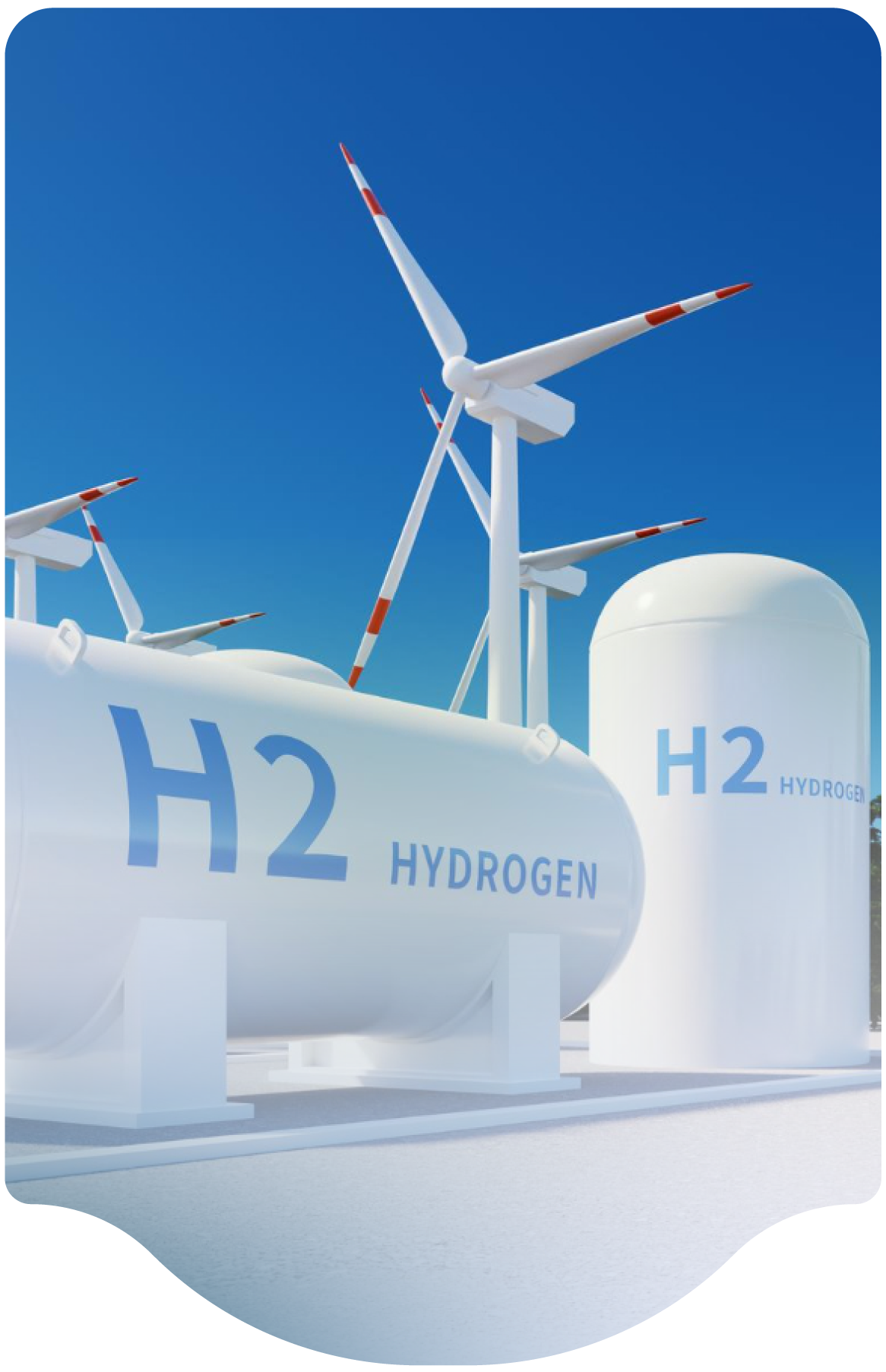Gaseous Hydrogen Refuelling Stations : Selection of Materials for Hydrogen High Pressure Fuelling Connectors
Design of hydrogen fueling components is critical for safety and reliability. Intensive usage of such components in urban public environment is expected in the near future. Any leakage of gas or failure of equipment will create potential hazards. Materials for such category of equipment must have specific mechanical characteristics, including hardness (influence on the durability of the equipment and on the resistance to hydrogen) and be easy to machine. Air Liquide has developed a test program for qualifying equipment representing the present state of the art. Studies on the susceptibility of various steels to hydrogen embrittlement have been done. Test specimens were exposed to static and cyclic loads with hydrogen and an inert gas, the inert gas representing a reference. Various tests are described here. As a result, the importance of further development in the design and selection of appropriate materials for critical hydrogen components is required. Various options are presented and discussed.

